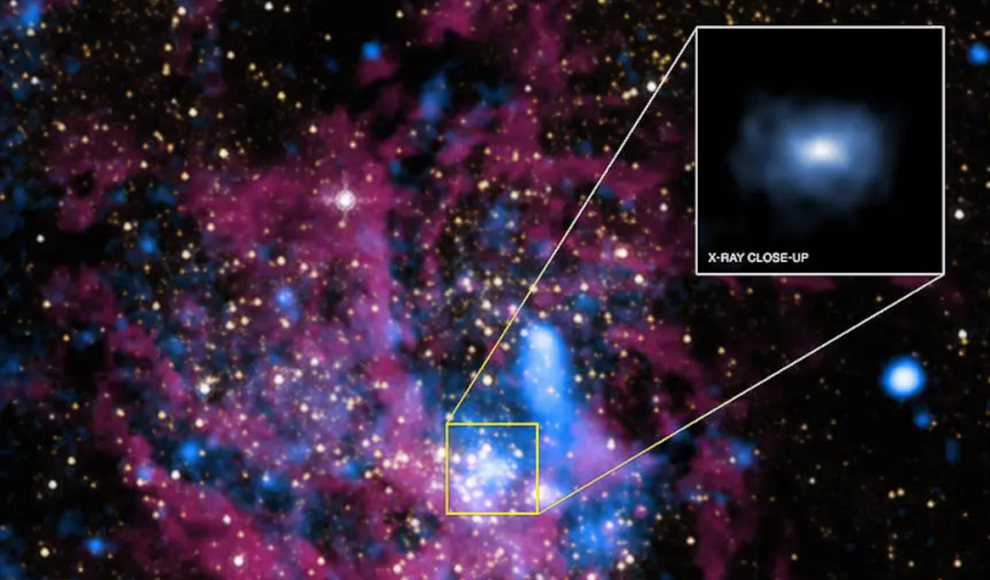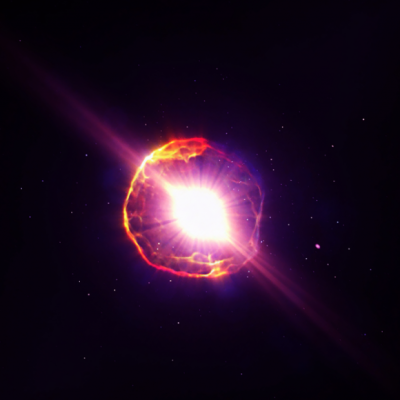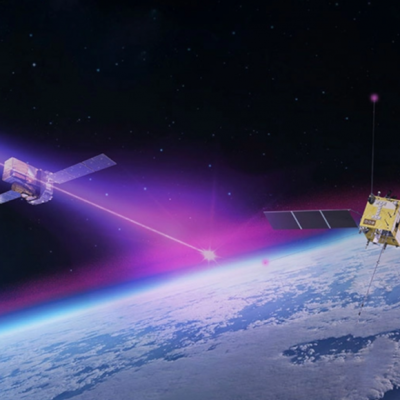New data from the Gaia space telescope reveals that the Milky Way contains significantly less dark matter than previously thought, with a mass of only 200 billion suns instead of 1.5 trillion. The Gaia telescope, operated by the European Space Agency, has been mapping the entire sky in high precision 3D, capturing about 1% of the Milky Way with unprecedented accuracy. Researchers at the Observatoire de Paris have published a study based on Gaia’s observations, which shows that our galaxy contains much less dark matter than previously believed. According to the study, the Milky Way has a mass of only 200 billion suns, with 60 billion suns of conventional matter and the rest being dark matter. This is significantly less than the previous estimate of six times more visible dark matter in the Milky Way.
The researchers also discovered half a million new stars and 381 possible gravitational lenses in the Omega Centauri globular cluster, the most massive globular cluster in the Milky Way, using Gaia’s third dataset. They were also able to create the largest dataset of red giant stars and measure the orbits of 150,000 asteroids. The third dataset of Gaia also allowed for the most accurate reconstruction of a rotation curve, which shows the relationship between the orbital velocity of stars and their distance from the center of the galaxy, for a spiral galaxy. The observed planets follow the third Keplerian law, but behave differently from stars in other galaxies, where no decrease in orbital velocity has been observed.
Overall, the study suggests that the Milky Way is significantly different from other galaxies, possibly due to its peaceful past. The last significant collision with another galaxy occurred further in the past for the Milky Way than for others. The new data from Gaia provides a better understanding of the structure and composition of the Milky Way, and could lead to new insights into the nature of dark matter and the evolution of galaxies.







-400x400.jpg)


